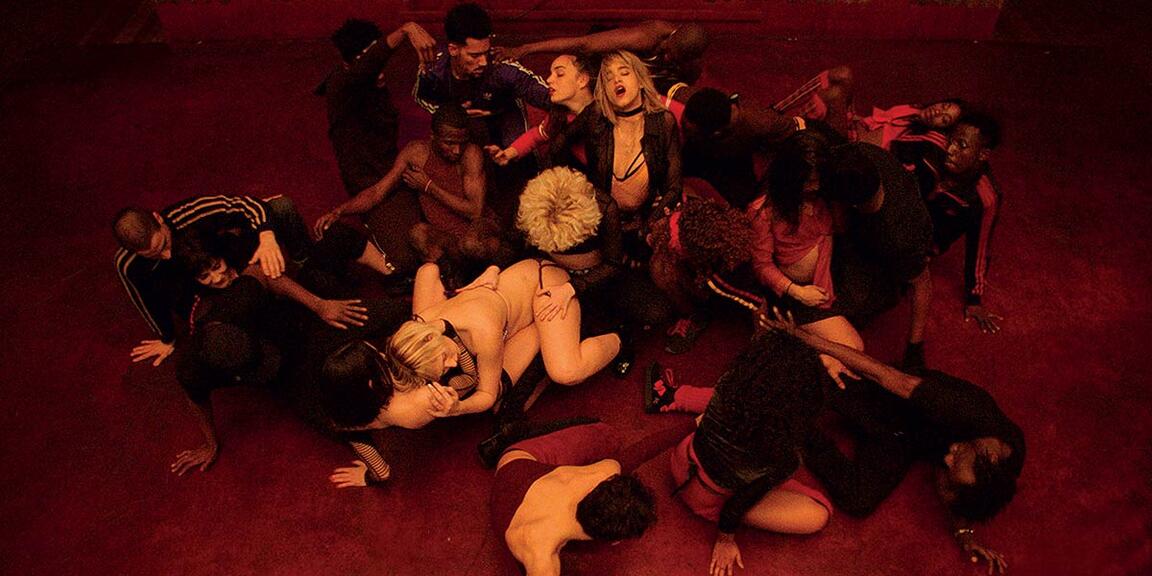In the new Dance building’s Performance Studio Theatre last Friday night, three Senior Dance students in the BFA program at UM: Zach Morris, Daniel Niewoit, and Jenna Segal, presented pieces of choreography they had created.
Finding the Dance building in the darkness of 7:30 PM on North Campus was interesting, but on the plus side I crossed paths with a stag on the way there! Truly a sign of the magic that was to come.
The audience shuffled into a few sets of low-rise stands on one side of the room, facing a floor space enclosed by giant black curtains. I loved this setup – the space was simple, open, and intimate.
The fluidity of the dancers’ movements was amazing. Each movement looked so easy and natural that it looked unintentional, but in the back of my mind I knew that every single thing was so very intentional.
My favorite piece was called vitmossa, choreographed by Jenna Segal. I’ve created the nigh-impossible task for myself of trying to describe a dance piece in words, but I’ll do my best. It featured 5 dancers (Ruby Clay, Katherine Kiessling, Nana Otaka, Madison Rogers, and Mia Rubenstein) who interacted with swaths of fabric and with each other. At times the dancers would fall to the ground, searching for something in the seams of the fabric. There was so much contrast from one scene to the next. There was a moment where they marched together from one corner of the stage to another – and when one fell behind they stiffly marched back and dragged her the rest of the way. In another moment, when one dancer dropped to the floor, another tenderly lifted her up.
The pulse of the music ebbed and flowed as the tension in the piece built. The lighting design was INCREDIBLE. lights stacked inside scaffolds on either side of the stage cast vibrant reds and blues on the dancers to make the emotions of the piece even more palpable. The ending of the piece, when the music fades to a hum and you can hear all of the dancers breathing heavily in synchronized time, was so powerful and made me feel something that I still can’t name.
I’ve been thinking quite a bit on the meaning of the title of the exhibition: Crush Depth. My guess is that it’s referring to the depth ratings of submarines. The calculated depth at which a submarine’s hull will be crushed by water pressure is called its “crush depth.” Make of that what you will 
So much work went into each of these pieces, from music composition and sound design to visual design to lighting design to choreography and blocking. I am so impressed by what the students in the Dance program are capable of and look forward to going to more of their exhibitions!




















